Grow your business with the Discover newsletter
Logistics advice & insights straight to your inbox
Subscribe now
Amidst the pandemic, global supply chains faced unprecedented challenges and disruptions. Many businesses had to rethink their operations, and are now taking the opportunity to transform themselves into more resilient and efficient organisations. Now more than ever, they are aware of the part sustainability plays in this, and the importance of reducing supply chain wastage.
But what does supply chain wastage mean? Our minds may automatically picture excess packaging or leftover materials on the factory floor, but it goes so much deeper than that. Supply chain wastage can refer to employees’ time – a poorly-designed warehouse layout can hinder their productivity; it can mean overproduction of products due to poor planning; it can mean unnecessary extra transport journeys due to failed deliveries.
In short, wastage in the supply chain goes beyond the physical journey of your product to the customer – it starts with supply and goes all the way through to returns. By optimising all processes within their supply chains, companies can reduce wastage and transform their bottom line. This may require the adoption of smart and innovative technologies that streamline processes the whole way along to enable less inventory, less resource, less space, less time, and less cost during production – all whilst being highly responsive to customer demand.
The impact of end-to-end supply chains on emissions is more than five times that of companies’ direct operations.
– Source: CDP Worldwide1
The “next-generation supply chain market” refers to the high utilisation of the digital revolution by logistics companies or start-ups to enhance the economic and environmental sustainability of supply chain services2. In 2019, the global next-generation supply chain market generated roughly US$32 billion. By 2030, the size of the market is expected to more than double3.
So, what are the key areas you should be focusing on to reduce wastage in your supply chain? Read on for tips to improve efficiencies and reduce costs.
In consumer culture, sustainability is big news, and it’s not a passing fad, either. People are increasingly looking for eco-friendly options when shopping online – from paying closer attention to the materials used in the manufacture of the products themselves, to the carbon footprint of the delivery.
Nearly eight in 10 consumers indicate sustainability is important to them4. Of those who say it is very/extremely important, over 70% said they would pay a premium of 35%, on average, for brands that are sustainable and environmentally responsible.
In recent years, many multinational corporations have pledged to work only with suppliers that adhere to social and environmental standards – and yours should do so, too. These efforts can result in reduced greenhouse-gas emissions, waste production and water usage, and greater conservation of biodiversity.
Carbon offsetting – the process of neutralising the carbon emissions (or greenhouse gasses) that your business emits into the atmosphere through daily operations – is one way to “balance” your carbon footprint. For example, committing to plant a tree for every item you sell, or pledging to donate to an eco-charity on your customers’ behalf, will raise their perception of your brand and drive loyalty.
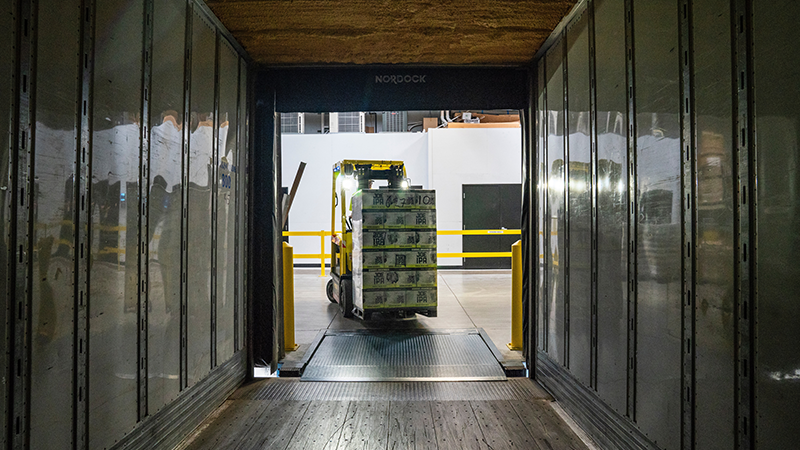
For some e-commerce sectors, meeting customer demand has been prioritised over sustainability practices. Within the fashion industry, “fast fashion” – that is, the mass production of cheap clothes that customers wear only a few times before throwing away – and its impact on the environment is increasingly receiving bad press.
Yet, some fashion brands are exploring new and innovative materials to meet sustainability goals. Apparel brand Pangaia5, for example, defines itself as “a materials science brand on a mission to save our environment.” Its clothes are made from recycled cotton, environmentally friendly dyes, and grape leather as an alternative to animal leather. It has even launched a capsule collection printed with water-based black ink made from carbon emissions.
Whatever your business’ sustainability practices are, just be sure to shout about them on your e-commerce website, social media pages and marketing comms. These are the things customers care about so you should be sharing your message wherever possible.
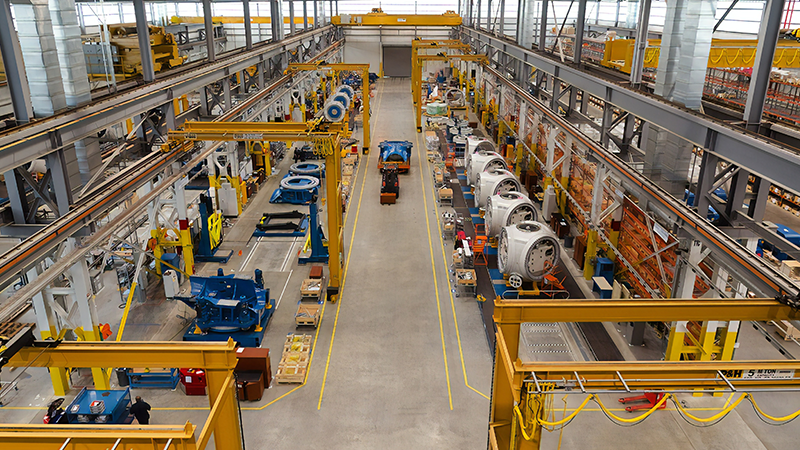
Being completely in control of your inventory is a sure-fire way to cut waste from your supply chain. Overproduction of products means you’ll have to pay for warehouse space to store the excess. Worse still, if the products in question are perishable (such as food goods), you could end up having to throw some away if they expire.
Fortunately, there are plenty of inventory-management technologies out there designed specifically for e-commerce businesses. SkuVault6, for example, is a user-friendly, web-based inventory and warehouse management system for e-commerce retailers, that integrates with the leading online marketplaces including Amazon, eBay, and Shopify.
Clear planning for expected peak periods (such as Christmas or Black Friday) is also key for inventory management. And, if you do still find yourself with stock left over, turn it into an advantage – a flash sale or special discount code for loyal customers will help you shift the excess.
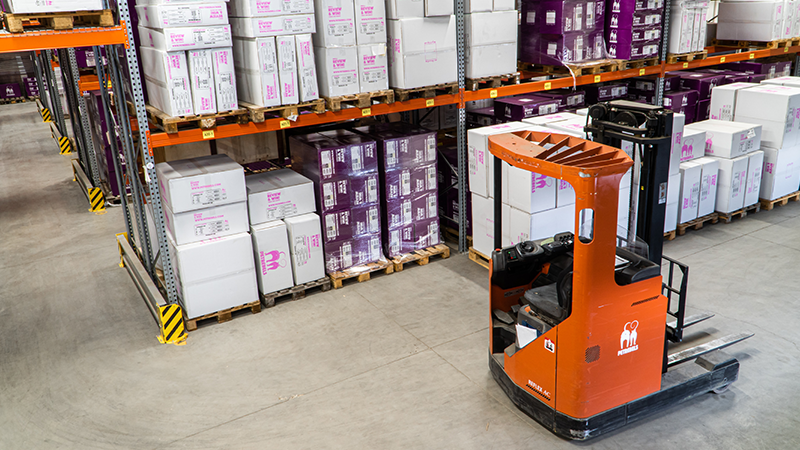
One of the biggest hurdles to a waste-free e-commerce supply chain is the transportation of the products. It’s common practice for sellers to source products and materials from overseas manufacturers, where production is cheaper. There has been some positive change though; during the pandemic, amidst border closures and disruption to cross-border trade, some businesses made the switch to domestic manufacturers.
Transportation accounts for approximately 23% of global energy-related greenhouse gas emissions, and road transport makes up 72% of that, according to the Intergovernmental Panel on Climate Change7. Yet, the increasing adoption of electric vehicles across the supply chain is a positive sign.
DHL has used electric vehicles for its last-mile deliveries for many years now. In 2013, the logistics leader went looking for a greener, more environmentally friendly way to get packages from its distribution depots to their final recipients, eventually investing in electric vehicle start-up, StreetScooter.
Today, thanks to an array of StreetScooter vehicles, developed and manufactured inhouse, and some 12,000 e-bikes and e-trikes, Deutsche Post DHL Group operates the largest electric fleet in Germany. And around a fifth of DHL's global delivery fleet now consists of zero emission vehicles, taking the company a step closer to fulfiling its GoGreen pledge to achieve net-zero emissions by 2050.
DHL has also invested in Greenplan8, a start-up which uses a unique algorithm to optimise route planning during the movement of goods. This smart route planning considers local traffic flow and the time of day to find the quickest route to delivery for DHL’s fleets so that they arrive at their destination on time.
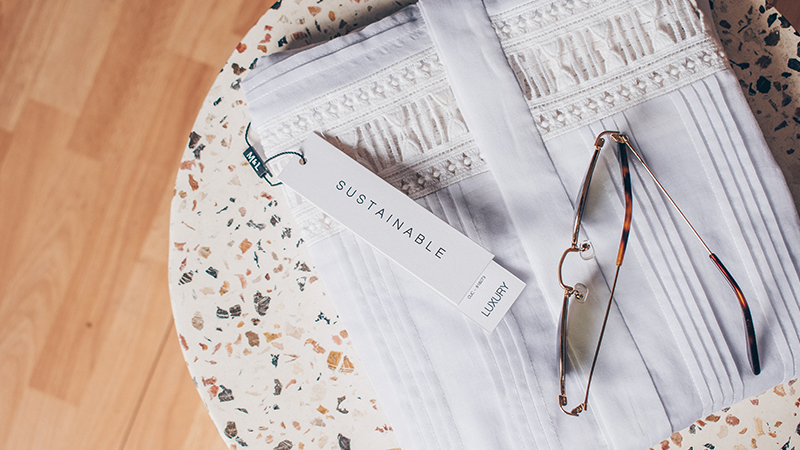
Optimising the last-mile delivery journey is one thing, but completing the delivery is another – and is where costs and emissions can shoot up.
A failed delivery of a parcel means that the courier will have to return and attempt delivery another time – a wasteful and expensive exercise. To mitigate this, ensure you offer your customers a wide range of delivery options. A “leave with neighbor” option, or offering On Demand delivery so they can choose a precise delivery slot will help to reduce your failed delivery rate. Don’t forget to give them full tracking and notifications of their order too, so they can ensure they’re in at the time of delivery.
Likewise, consider using parcel lockers – the courier will always be able to complete the delivery, and the customer can pick it up at a time convenient to them. With over 43,000 automated parcel machine units across the European Union and the UK9 alone, you’ll have plenty to pick from, wherever your customers are based.
Your packaging choices can reduce wastage, too – and that applies to more than just using recycled and sustainable materials. Items damaged in transit will have to be returned and replaced, a process that wastes emissions, time, and money, so invest in high quality packaging that will get your customers’ orders to them in perfect condition.
Finally, the dreaded product returns that e-commerce retailers simply cannot escape is another way costs and emissions are driven up. Fear not, we’ve got some dedicated tips to help you reduce your returns rate.
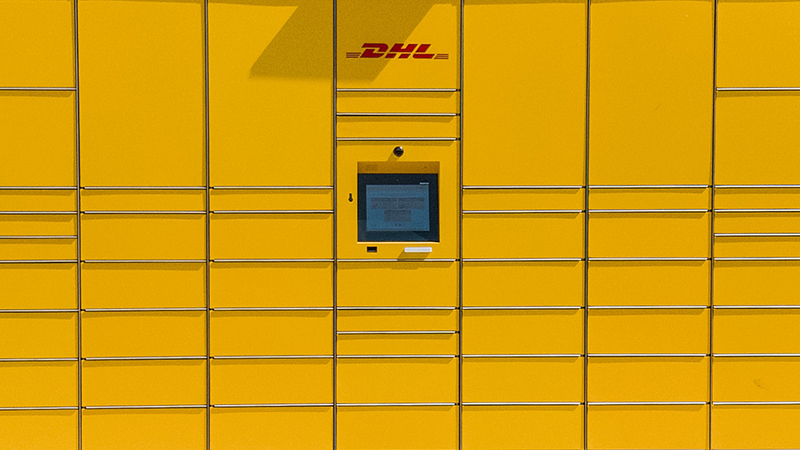
A final tip – engage with your employees to find further weaknesses in your company’s efficiencies. After all, they are often the ones on the frontline, down in the warehouse or making deliveries, and can see where time is wasted, or processes are overcomplicated.